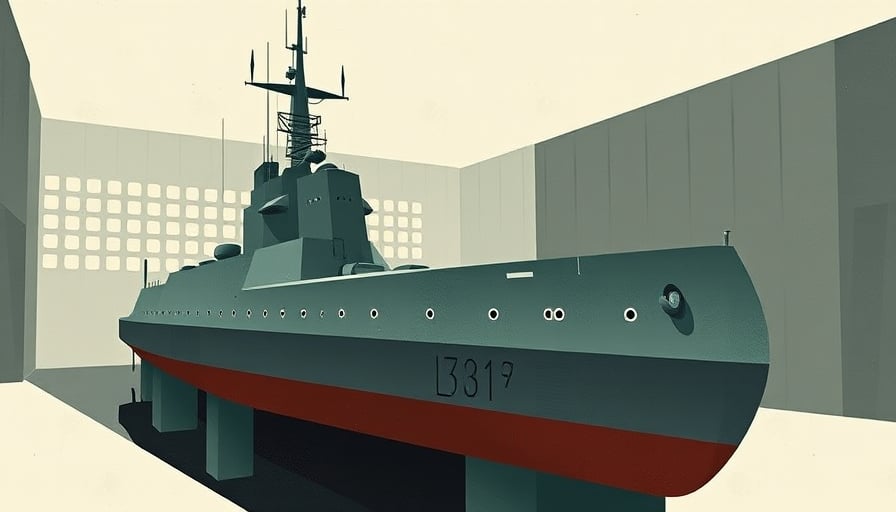Corporate News – Detailed Analysis of Recent Saab AB Orders
Overview of New Contracts
Saab AB, the Swedish aerospace and defense conglomerate, has secured two substantial contracts that reinforce its position in both naval and air defense markets.
A26 Submarine Production – A multi‑year order valued at approximately 9.6 billion kronor will be delivered through Saab’s Kockums shipbuilding division. The contract spans from 2026 to 2032, thereby spreading the revenue impact evenly across seven fiscal years.
Future Fighter Systems Studies – An order worth around 2.6 billion kronor has been awarded by the Swedish Defence Materiel Administration (FMV). This contract extends Saab’s existing agreement from March 2024 and focuses on conceptual studies for both manned and unmanned fighter solutions, system integration, and the development of demonstrators.
Revenue Implications
Long‑Term Revenue Stream
The A26 submarine deal, while significant in aggregate, will contribute modestly to annual turnover due to its distributed payment schedule. Analysts anticipate a gradual uptick in Kockums’ sales figures, with a peak expected in the mid‑term (2028–2029).Incremental Growth from R&D Contracts
The FMV study order injects immediate cash flow into Saab’s research and development pipeline. By expanding scope to include unmanned systems, Saab positions itself to capture emerging market demand in both domestic and allied procurement programs.
Market Visibility and Investor Sentiment
Stock Performance
Following the announcement, Saab’s share price reached a new all‑time high, reflecting heightened investor confidence. Short‑term volatility has persisted, underscoring the cyclical nature of defense contracting.Risk Considerations
While the contracts signal robust operational momentum, the company’s exposure to geopolitical shifts, defense budget cycles, and technological obsolescence remains a factor. Investors are advised to monitor:- Contractual Execution Risks – Delays or cost overruns could compress margins.
- Defense Spending Trajectories – National and allied defense budgets influence long‑term procurement.
- Innovation Pace – Rapid advances in unmanned platforms may alter competitive dynamics.
Competitive Positioning
Kockums’ Naval Capabilities
The submarine order strengthens Kockums’ standing as a leading provider of advanced underwater vessels in the Nordic region, enhancing its portfolio against competitors such as BAE Systems and Thyssenkrupp Marine Systems.Future Fighter Edge
By pursuing both manned and unmanned fighter concepts, Saab aligns with a broader industry shift toward integrated air and missile defense systems. This dual focus could secure future contracts beyond Sweden, particularly in NATO member states seeking hybrid solutions.
Broader Economic Context
Defense Spending Outlook
Global defense budgets are projected to rise modestly in the next decade, driven by regional security concerns. Sweden’s strategic emphasis on sovereignty and deterrence further supports continued investment in domestic defense industries.Technology and Supply Chain Dynamics
The contracts underscore the importance of advanced manufacturing and digital technologies in modern defense procurement. Saab’s ability to leverage its existing supply chain and engineering expertise positions it advantageously against firms that face greater logistical constraints.
Conclusion
The new orders from the A26 submarine program and FMV future fighter studies represent meaningful milestones for Saab AB, reinforcing its revenue base, elevating market visibility, and enhancing strategic positioning in both naval and air defense segments. While the contracts are likely to bolster the company’s growth trajectory, prudent investment decisions will require continuous assessment of execution risks, defense spending trends, and technological evolution within the broader aerospace and defense landscape.
